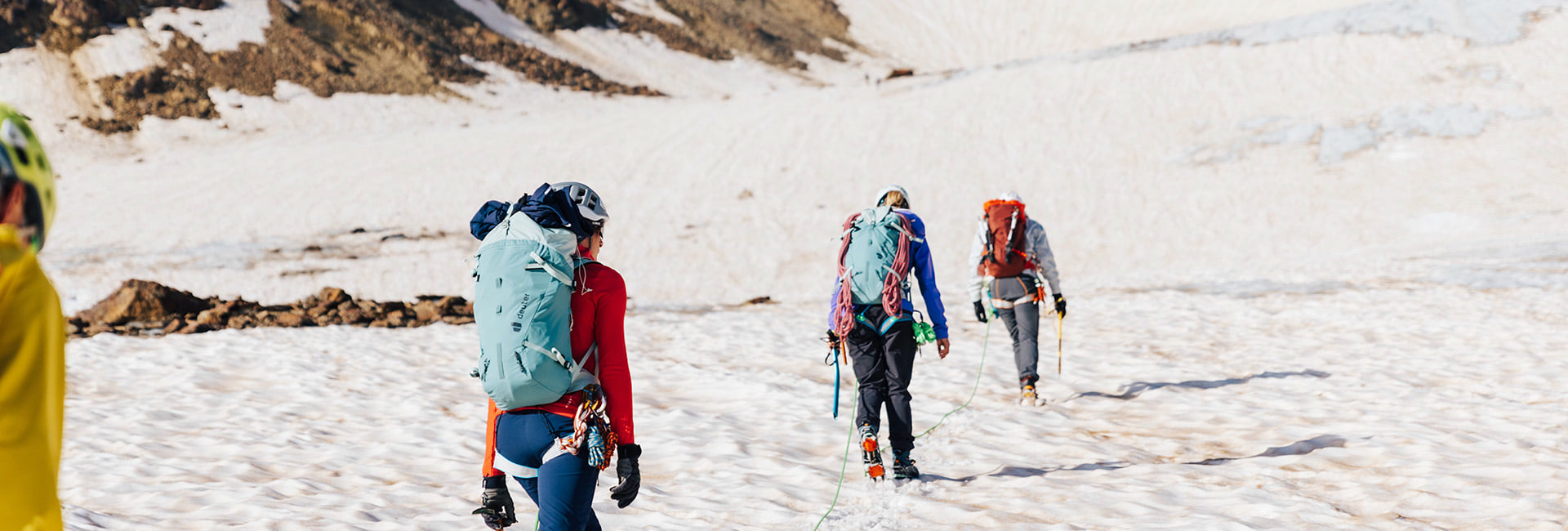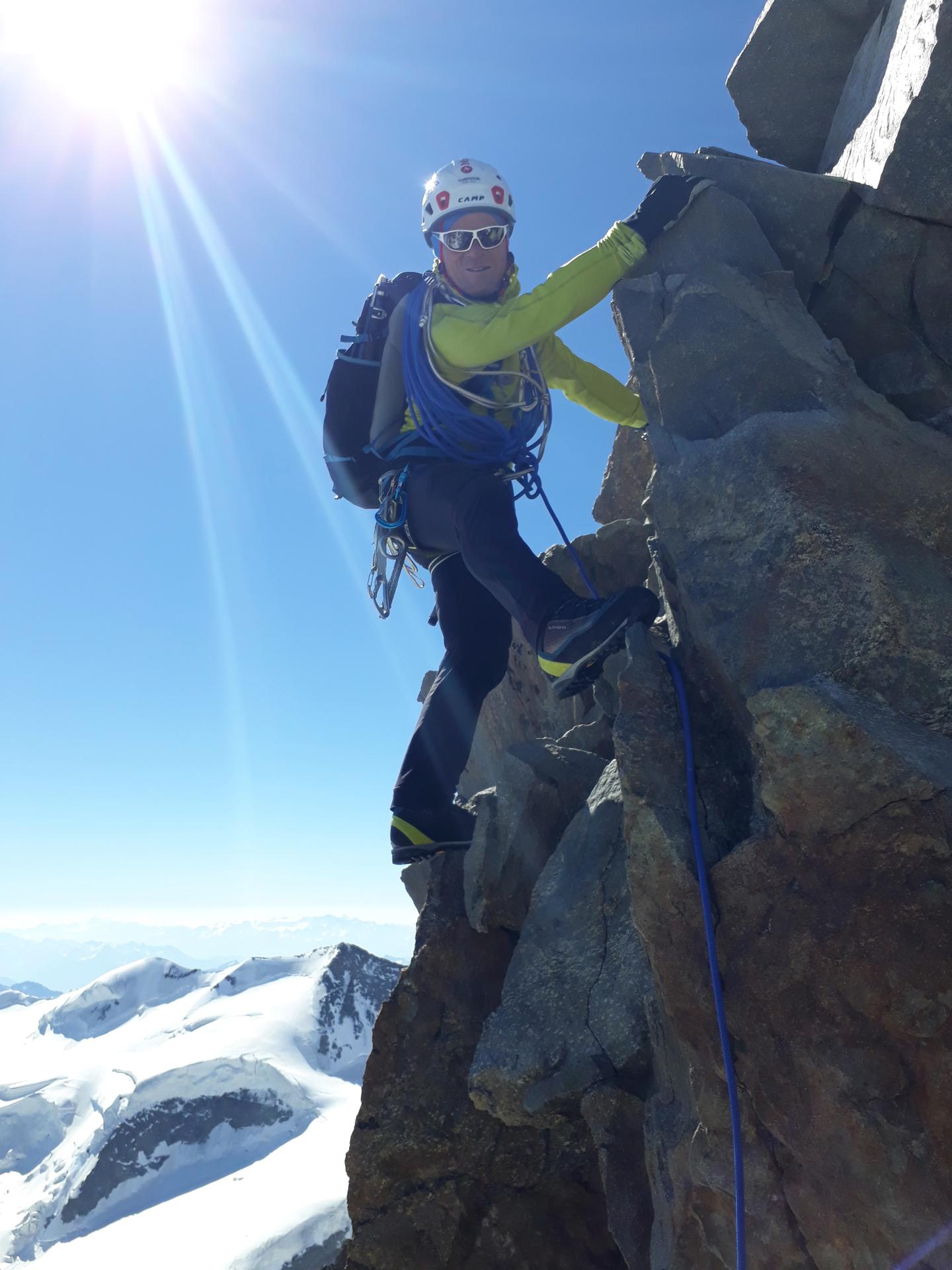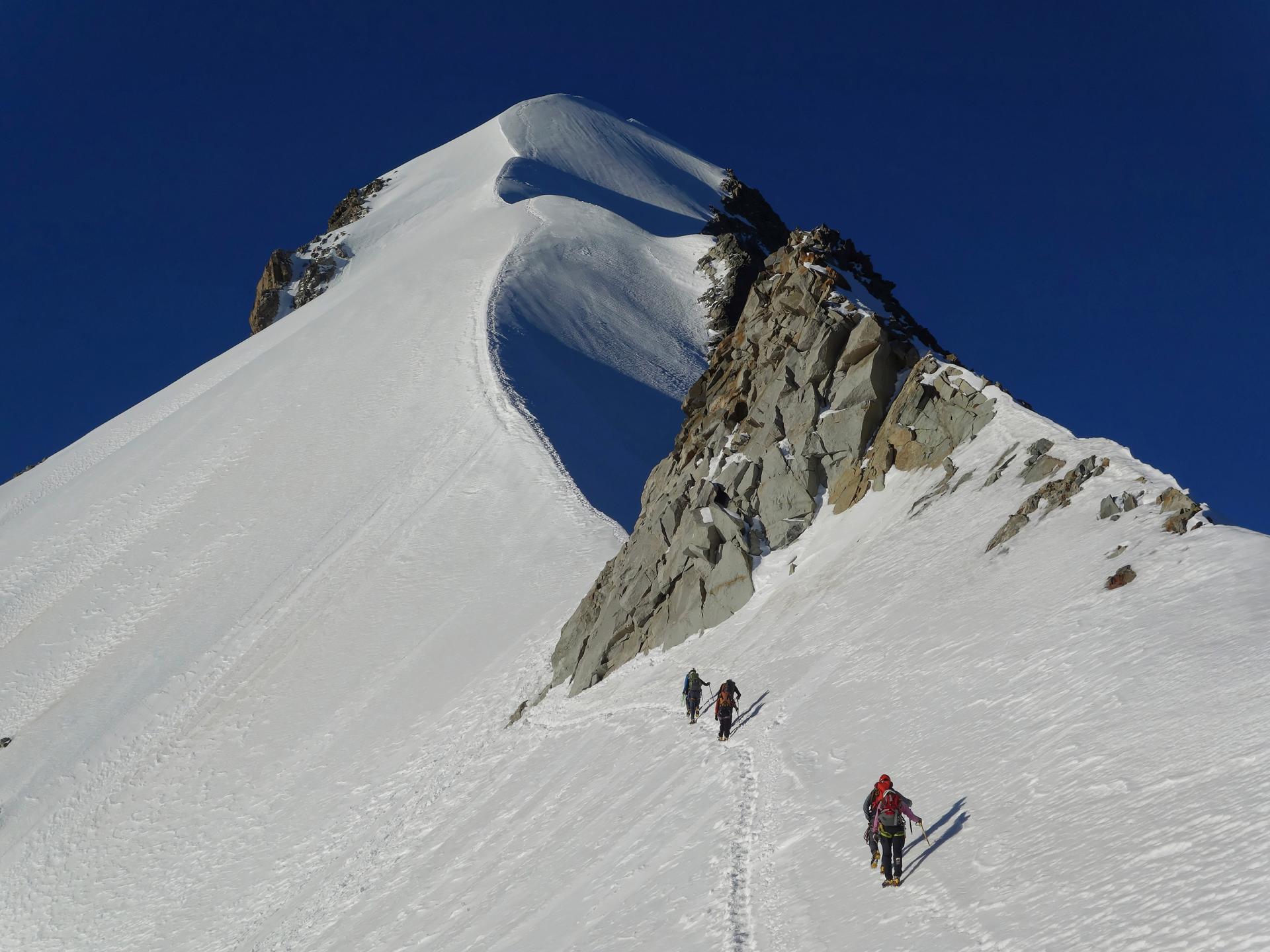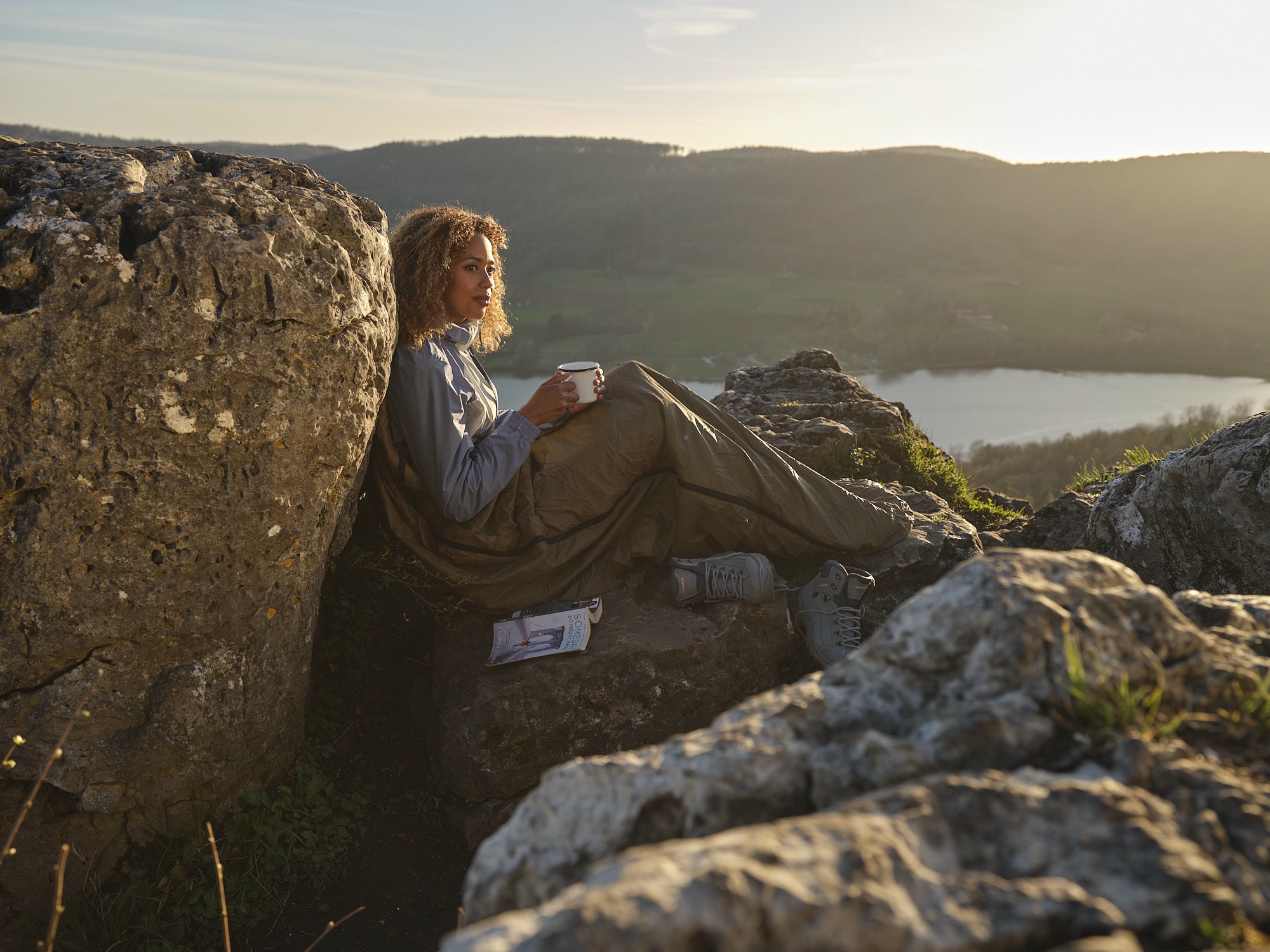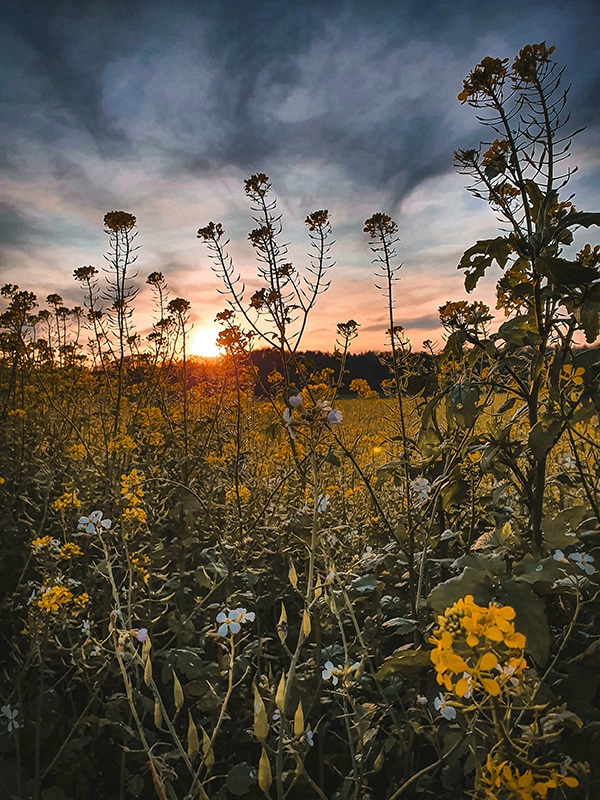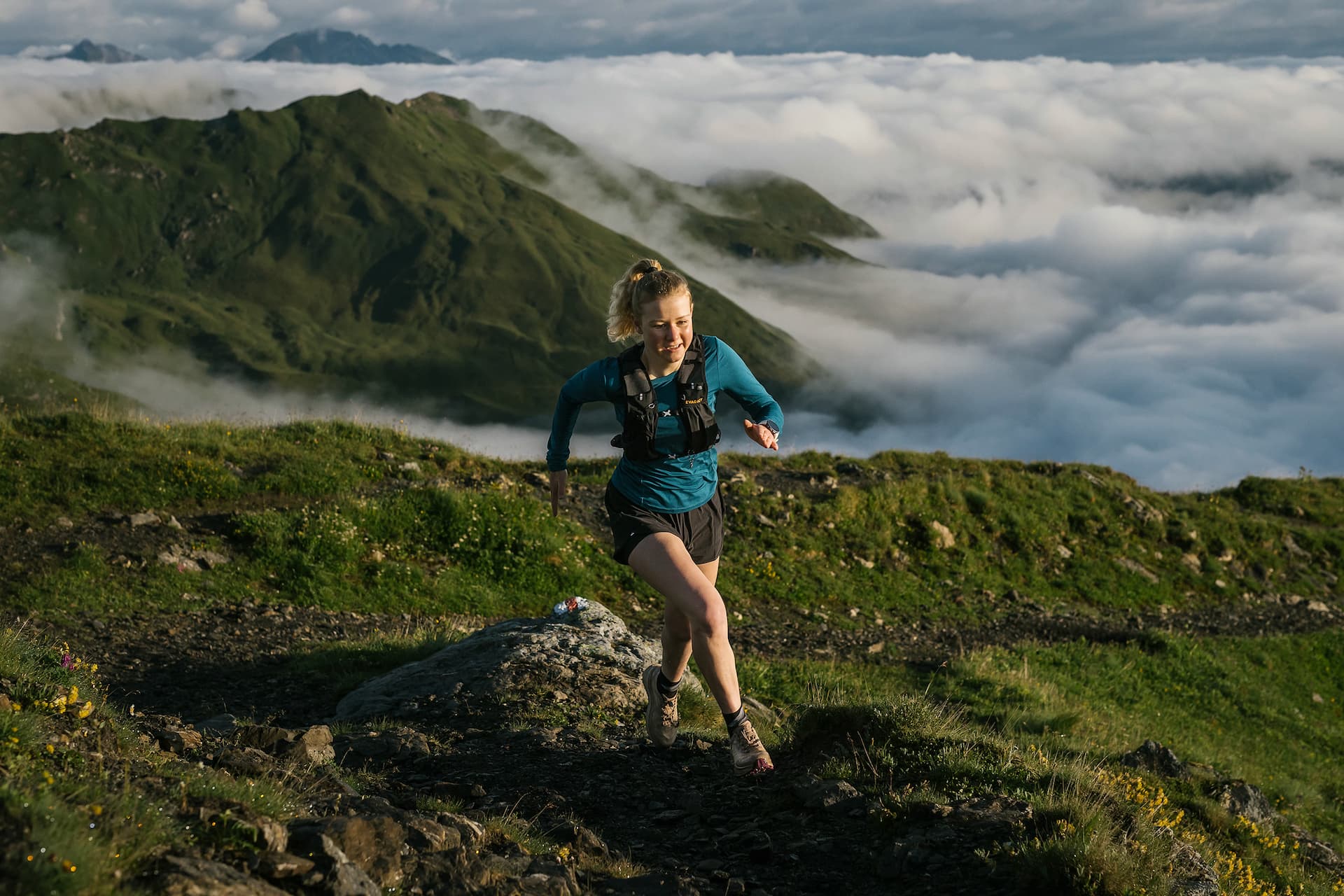Alpine tours take you to great heights and require a lot of stamina! The intensive stress stimuli for the heart and circulation as well as muscles and joints require good health and a realistic self-assessment. Avoid time pressure and choose a pace that does not overtax anyone.
Pay attention to altitude adaptation
Above 2500 metres, the body needs time to adapt. A slow ascent and a moderate increase in sleeping altitude are crucial for this. It is best to always spend the night a few metres below your maximum daily altitude. Take your time and remember to drink enough water. If you experience symptoms such as nausea, headaches or dizziness - typical symptoms of altitude sickness - you should descend again.
